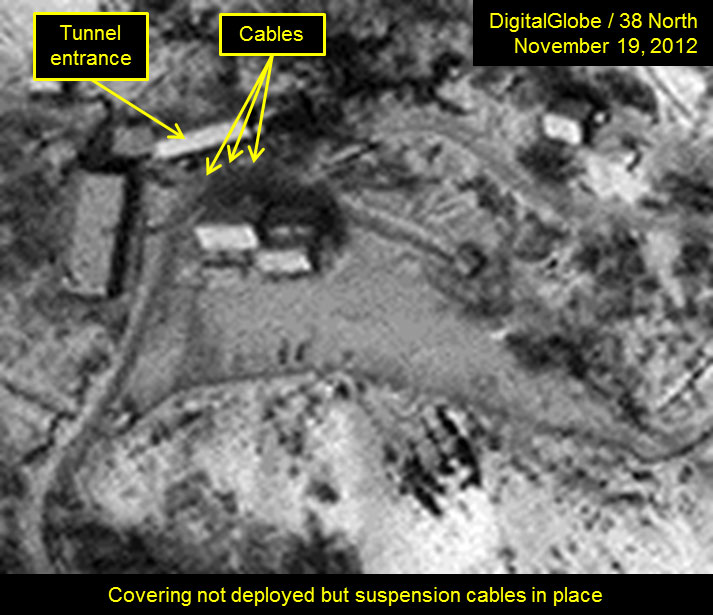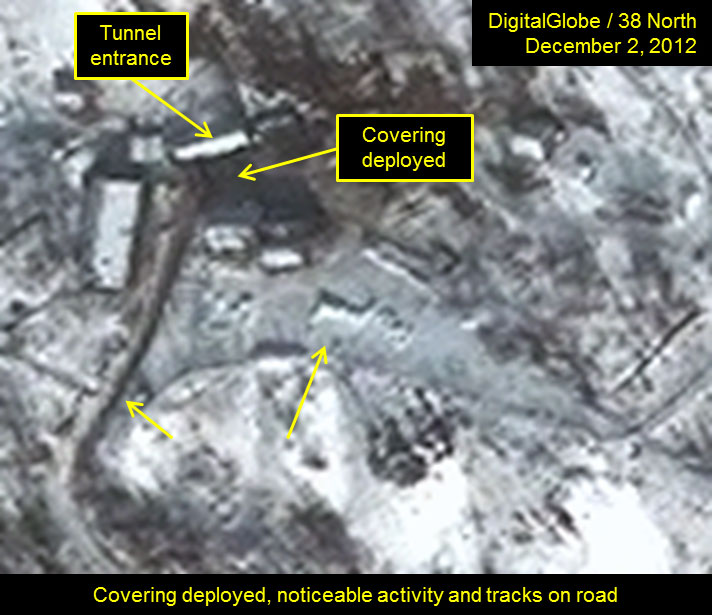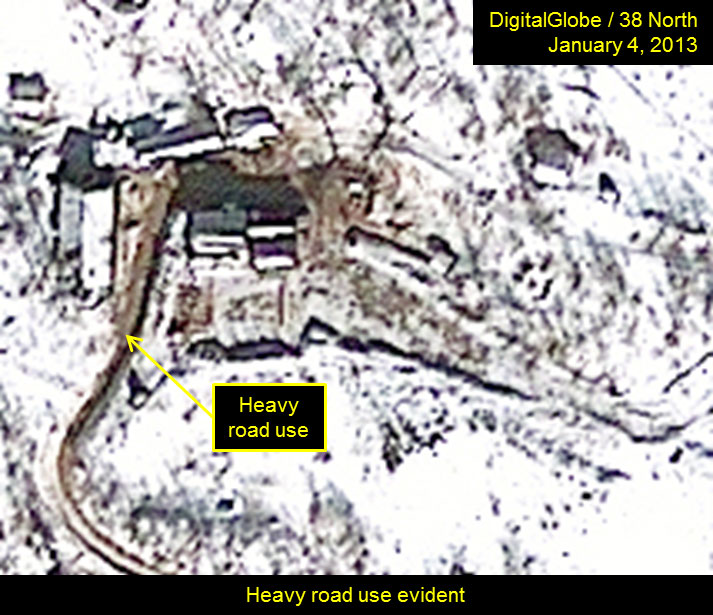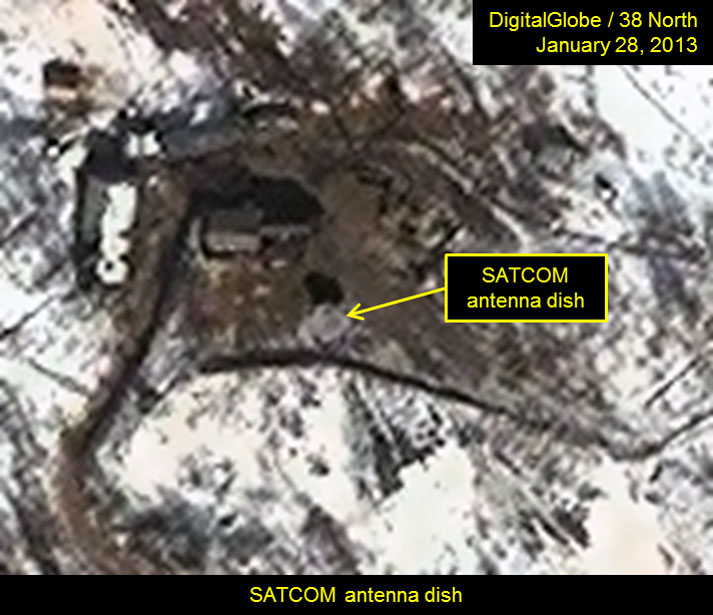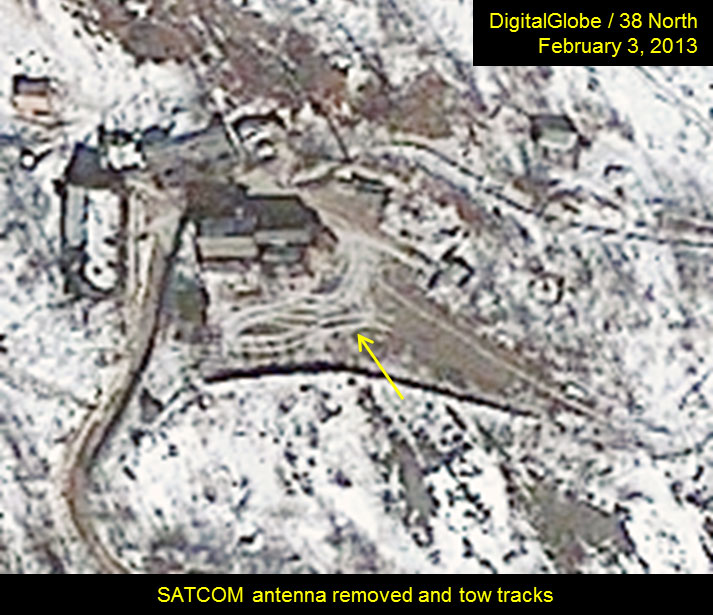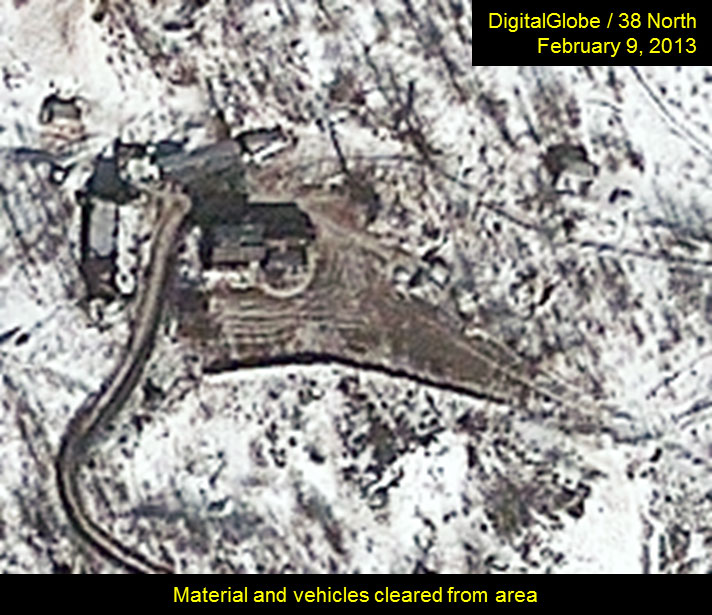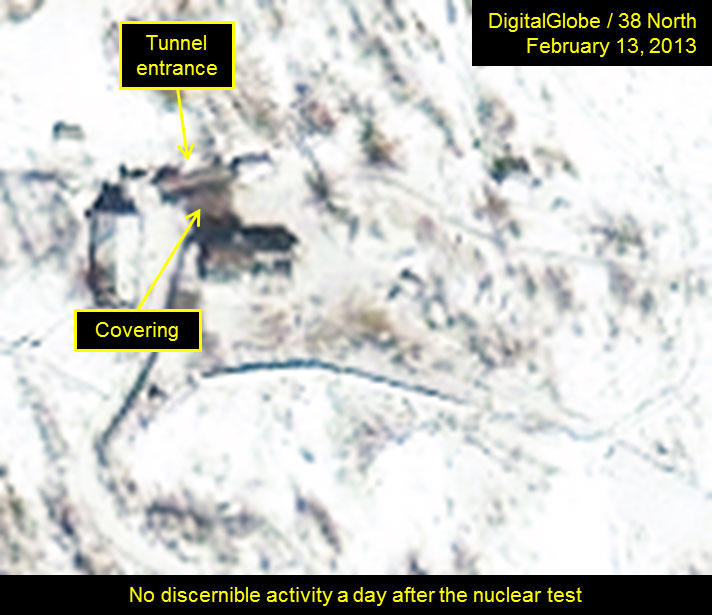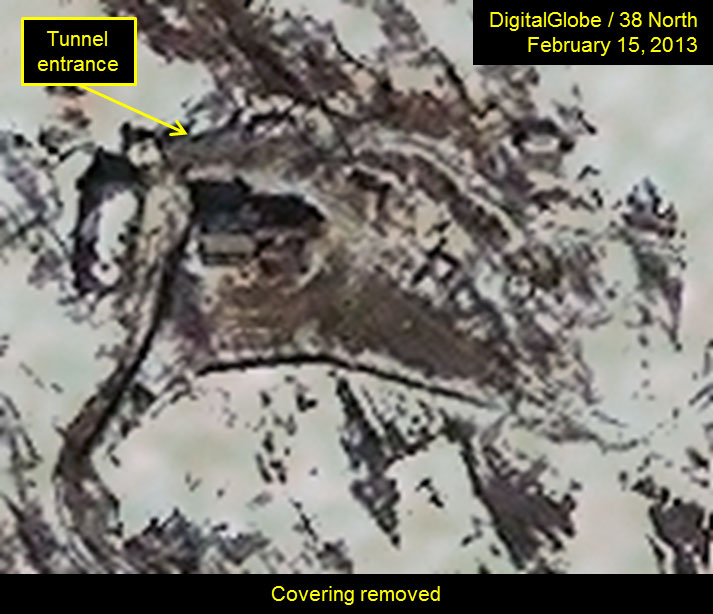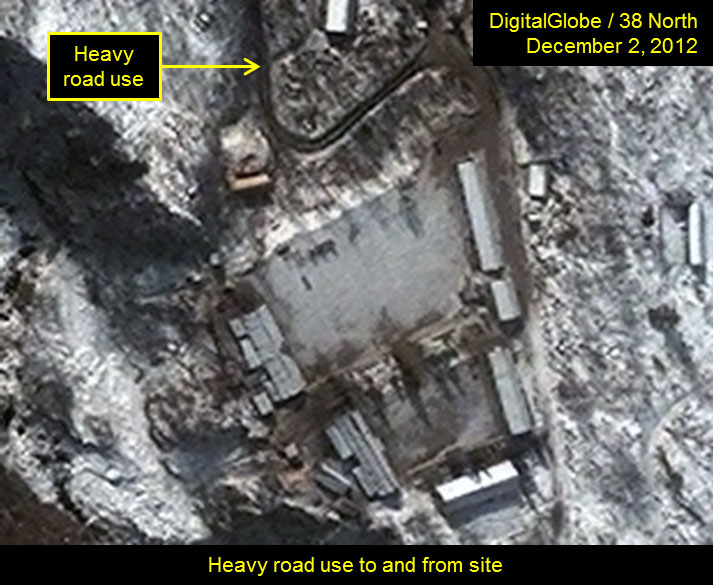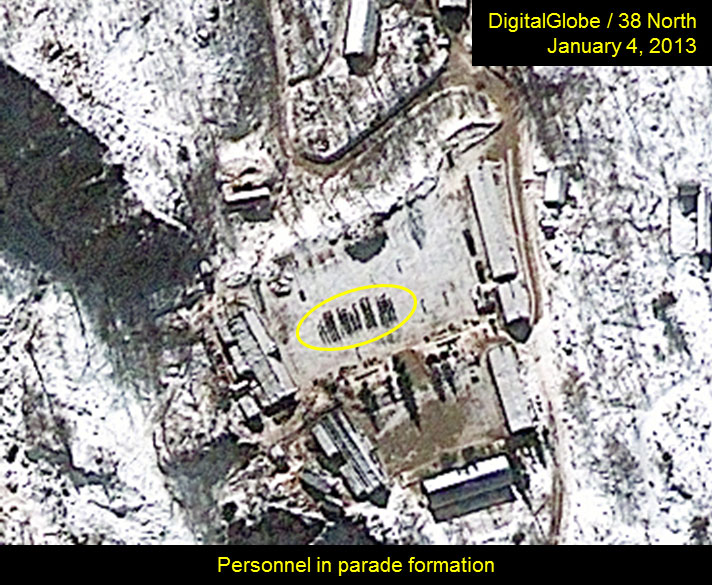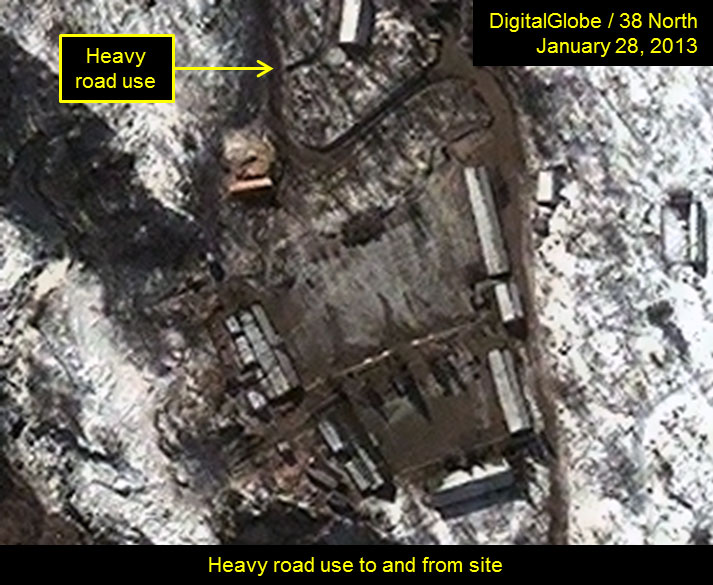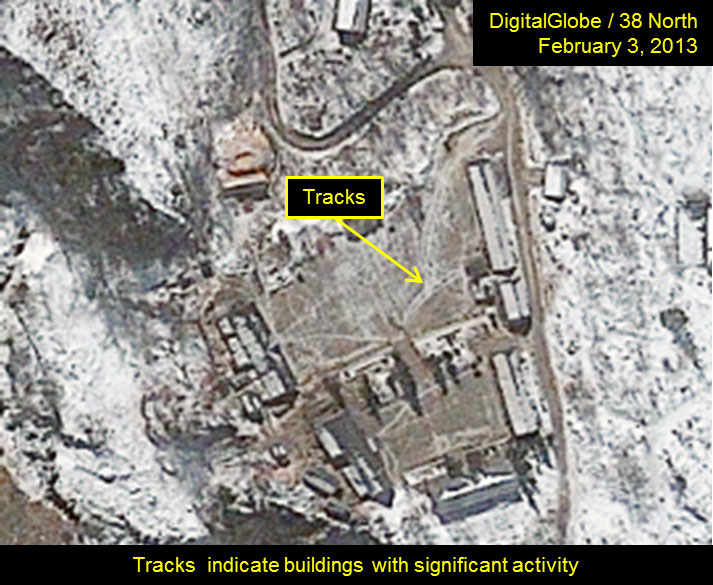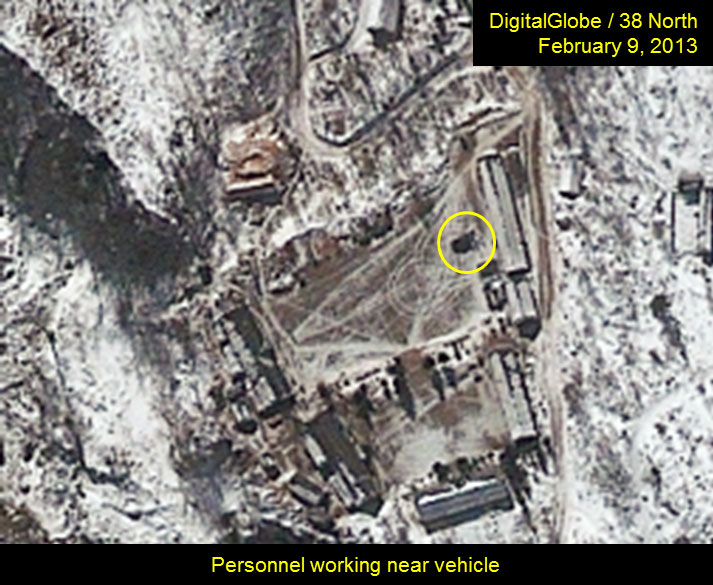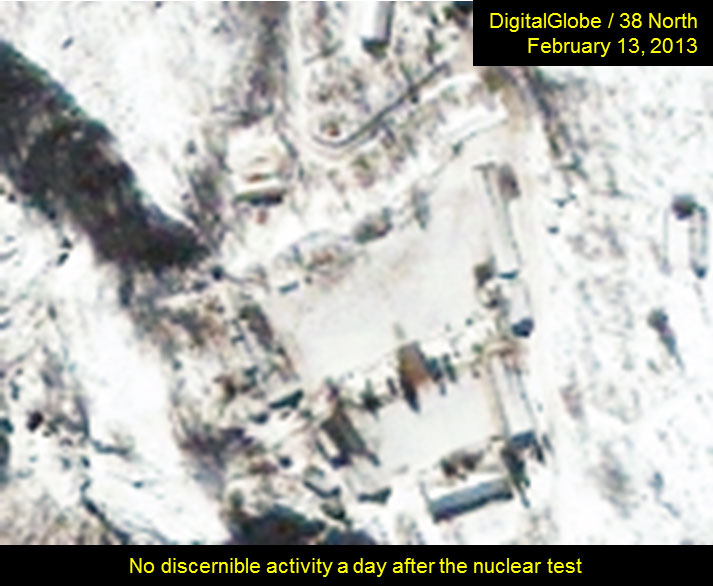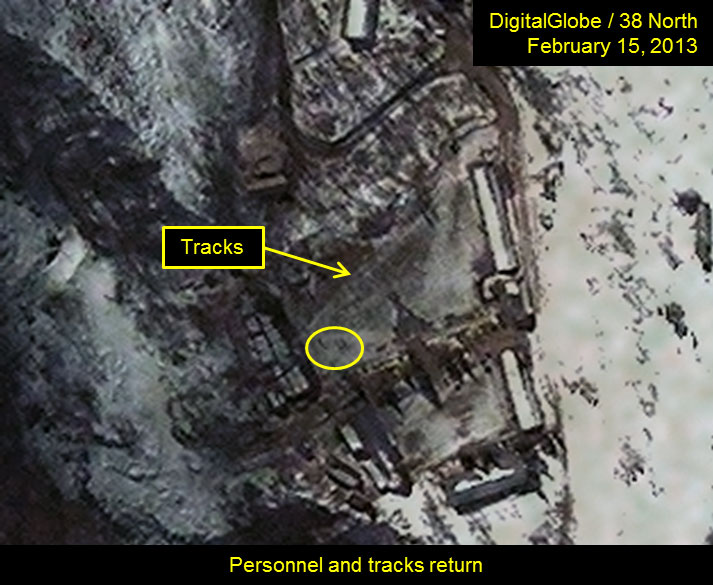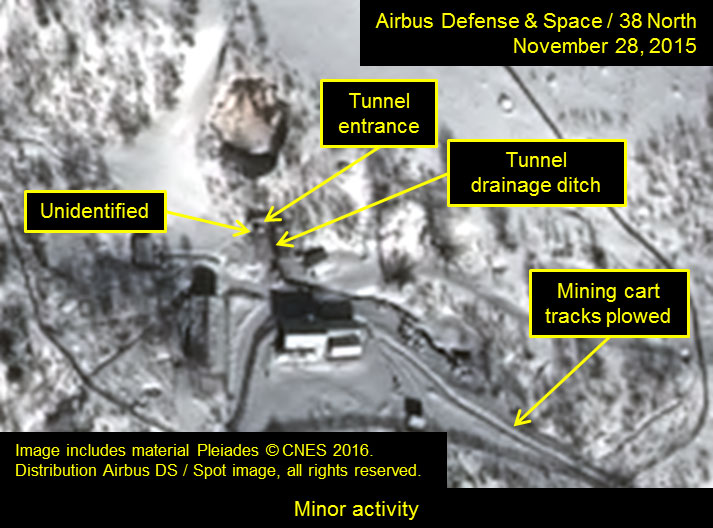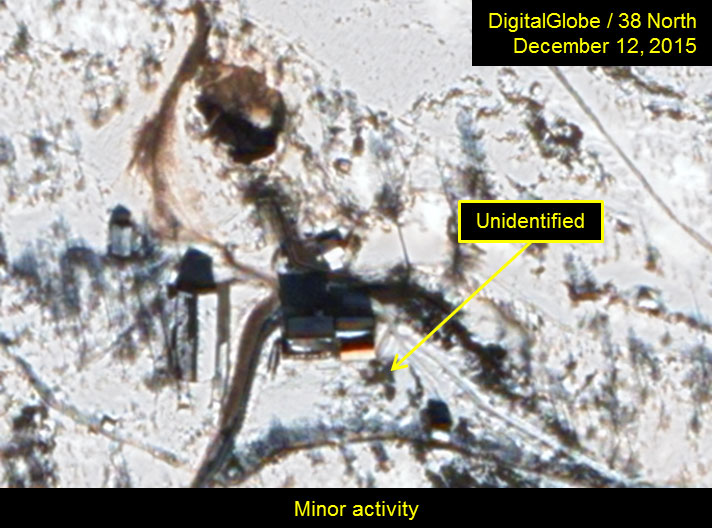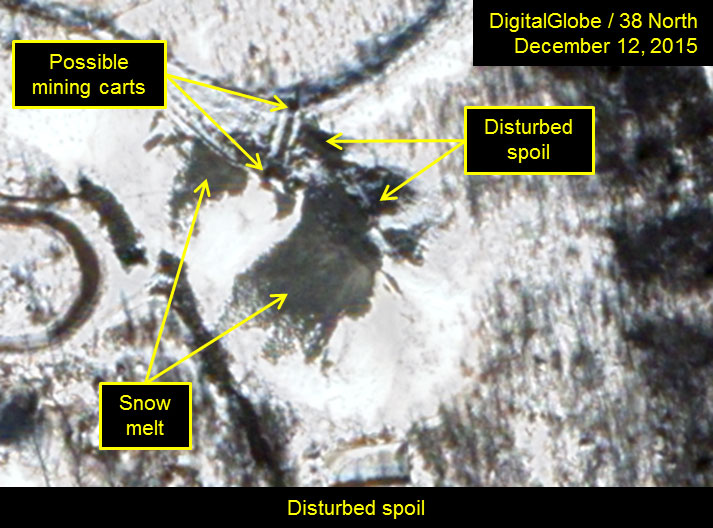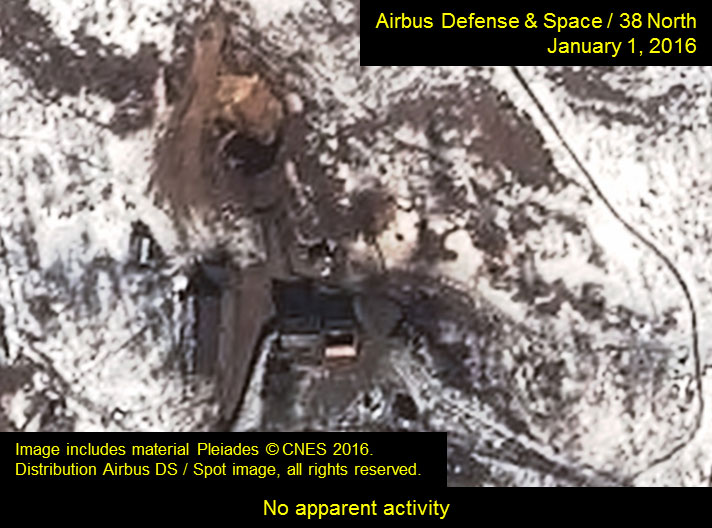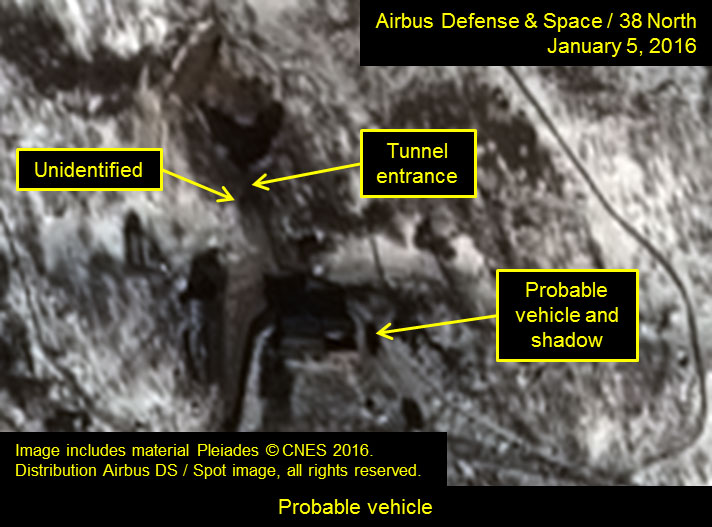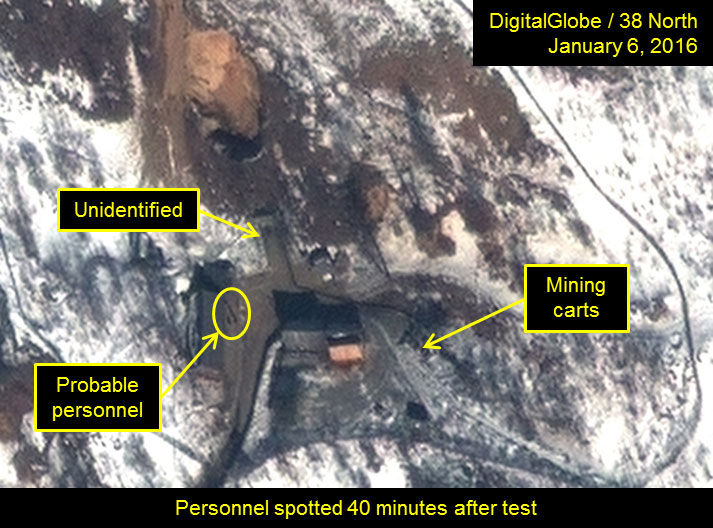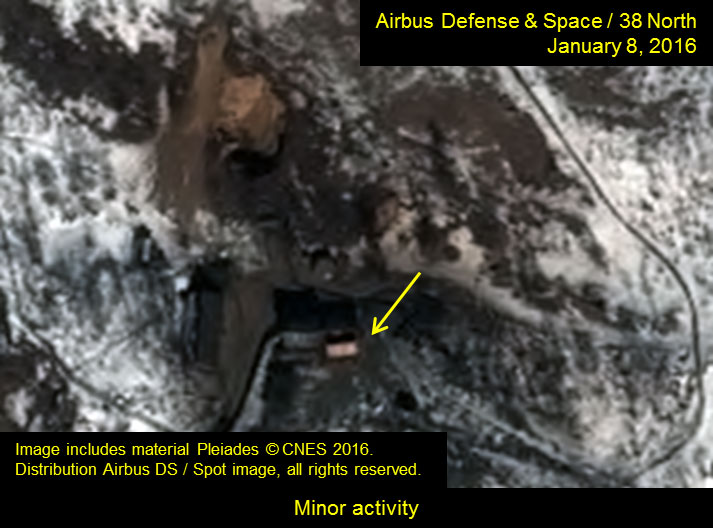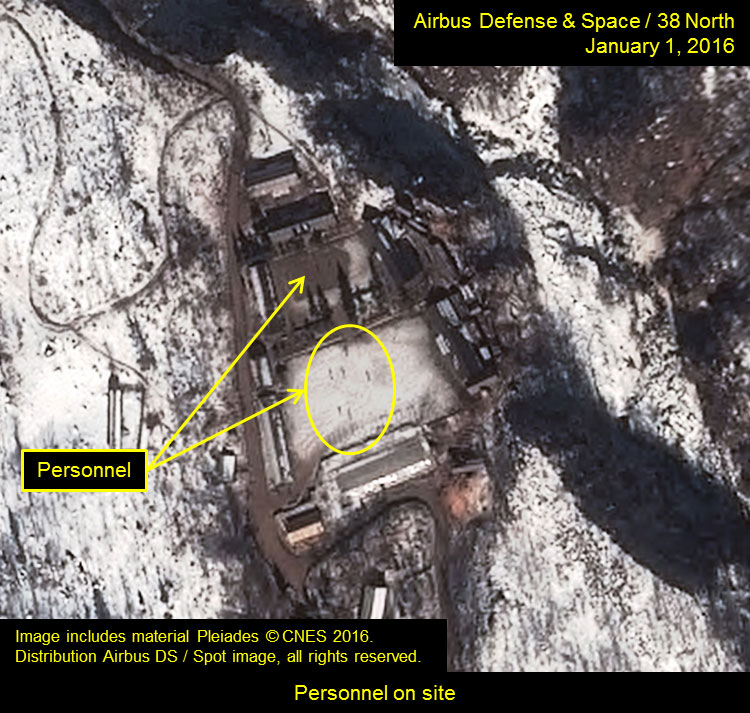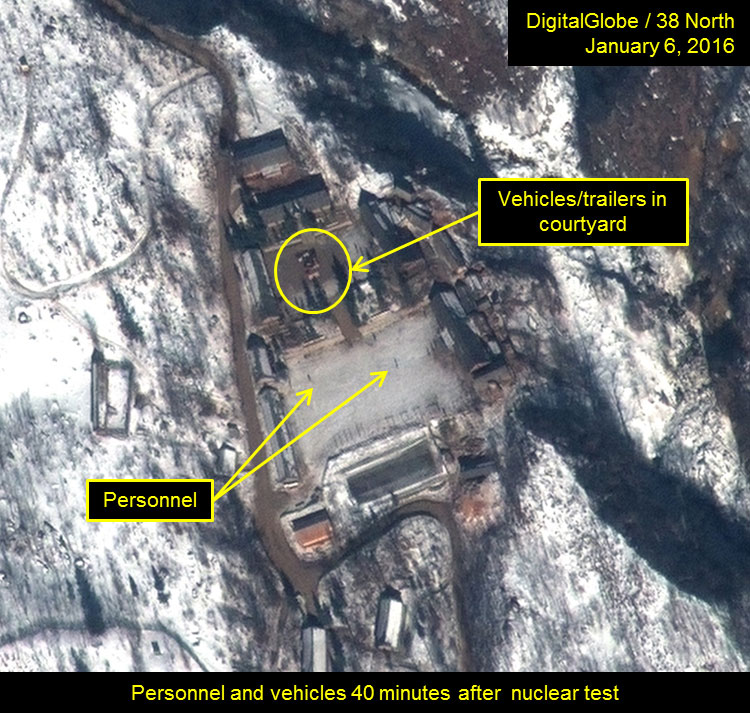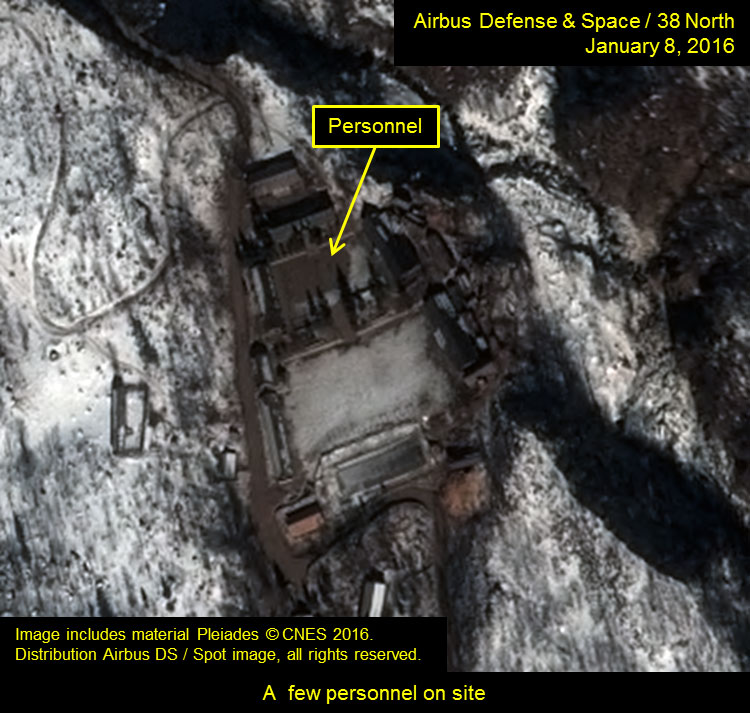The Challenge of Predicting Future North Korean Nuclear Tests
Summary
The latest North Korean nuclear test at the Punggye-ri test site apparently surprised the international community as there were few indicators seen before it took place. Unlike the 2013 test, when heavy activity was seen in the weeks prior to that test, very little preparation activity was visible leading up to the 2016 test. This is because the North Koreans have continued to improve their operational security and concealment procedures, limiting what is visible to commercial imaging satellites.
Analysis of commercial satellite imagery collected shortly before both the 2013 and 2016 nuclear tests reveals a noticeable difference in the way preparations were conducted, with reduced visible signatures of a forthcoming test prior to the 2016 event. Additionally, tunnel excavation at the West Portal made distinguishing between test preparation activities and continued construction and maintenance difficult. As North Korea proves more adept at evading monitoring by commercial imaging satellites, additional methods will be necessary to address future monitoring challenges.
2016 Test Location
Since the reported nuclear test on January 6, 2016 at 01:30 UTC, various organizations have refined the initial epicenter estimates to be situated under approximately 700 m of granite near the peak of Mt. Mantap.[1] Figure 1 shows a 3D visualization of the estimated locations and uncertainty in the 2009, 2013 and 2016 tests. The individual estimates are considered horizontally accurate to 250 m, in contrast to the original raw estimates that had uncertainties of about 10 km.[2] A technique called cross-correlation applied to the 2016 seismograms compared against the 2009 and 2013 data produced the refined estimates.[3]
The accuracy of locating each of the tests relative to each other and their associated tunnel portals has now significantly improved so that reasonable relative depths of burial can be determined. The 2016 case shows that the test device was buried significantly deeper than previous tests, suggesting that the North Koreans expected a greater yield; for instance, the 2013 test was buried about half as deep as the 2016 test. Nonetheless, the seismic yield was nearly the same, suggesting a failure to achieve the intended higher yield. The fact that this test was advertised as the first “H-bomb” test further supports the argument that the North intended to achieve a higher yield than it actually did.
The cross-correlation technique compares the 2016 seismic data against data from the 2013 and 2009 tests to calculate time differences of arrival. The seismic propagation speed allows these time differences to be expressed as position offsets between blast epicenters. By matching these offsets against the 2009 and 2013 test locations, the 2016 test epicenter is as indicated in Figure 1, 700 m from that of the 2013 test.[4] The 2016 epicenter is deeper than those of the other two, almost under the mountain peak and about 2 km from the North Portal tunnel entrance. The apparently larger spoil pile than those of the previous test tunnels corroborates the implication of a longer tunnel.
Figure 1. Epicenters of North Korea’s 2009, 2013 and 2016 nuclear tests.
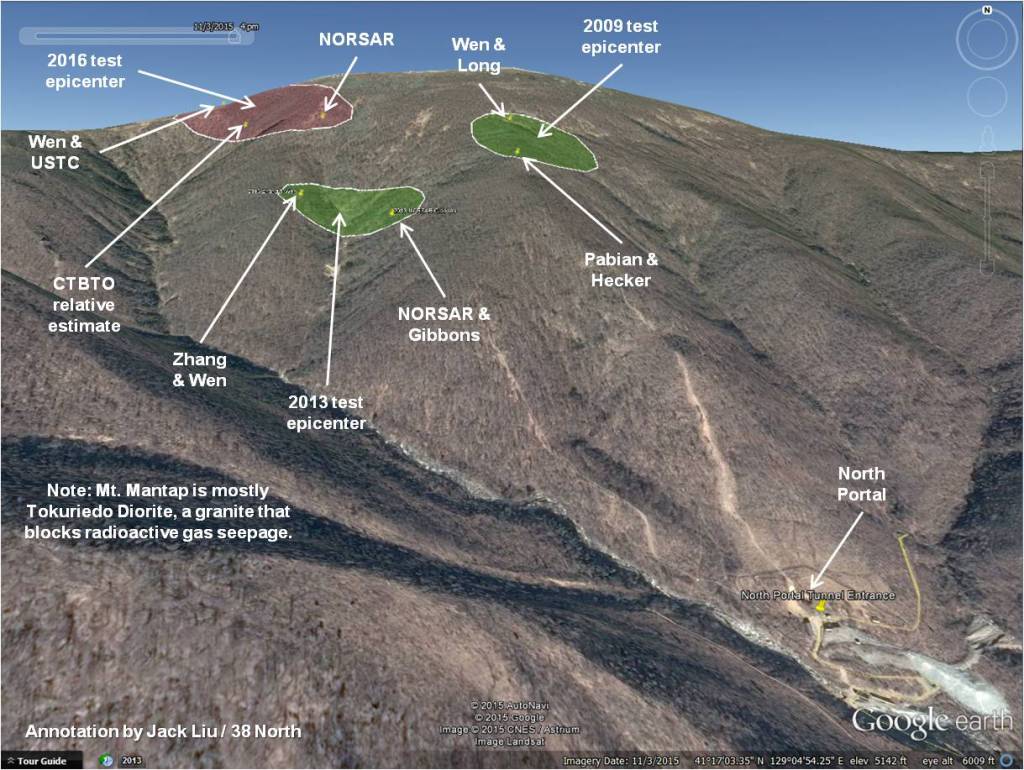
It is interesting to note that the 2006 test was conducted in the East Portal, which leaked radioactive gases that were detected soon afterwards. In contrast, no radioactive gases were detected from the 2009 test, conducted from the North Portal under Mt. Mantap. The paper by David Coblentz and Frank Pabian examines the geology of the Punggye-ri area and concludes that all the test tunnels since 2009 and those yet to be used, including the North, West and South Portals, are under a type of granite (Tokuriedo Diorite) that is particularly impervious to gas leakage.[5] That is not the case with the rock at the East Portal, and quite likely the reason why it now appears to be abandoned. With the abundance of sound, gas-tight granite, there may be room under Mt. Mantap for several more tests, making additional tunneling at the North Portal a likely scenario.
Figure 2 is an image of the Main Support Area taken approximately 40 minutes after the 2016 test. In this image, people and vehicles are visible, likely looking north at Mt. Mantap. In figure 6, a few personnel can be seen at the North Portal, who were either present at the time of the test or quickly driven up to the site afterwards. Regardless, their presence meant they were confident that the detonation would be well-contained, substantiated by the fact that there have been no reports of radioactive gas releases.
Figure 2. Activity in the Main Support Area 40 minutes after the 2016 nuclear test provides evidence of a fully contained detonation.
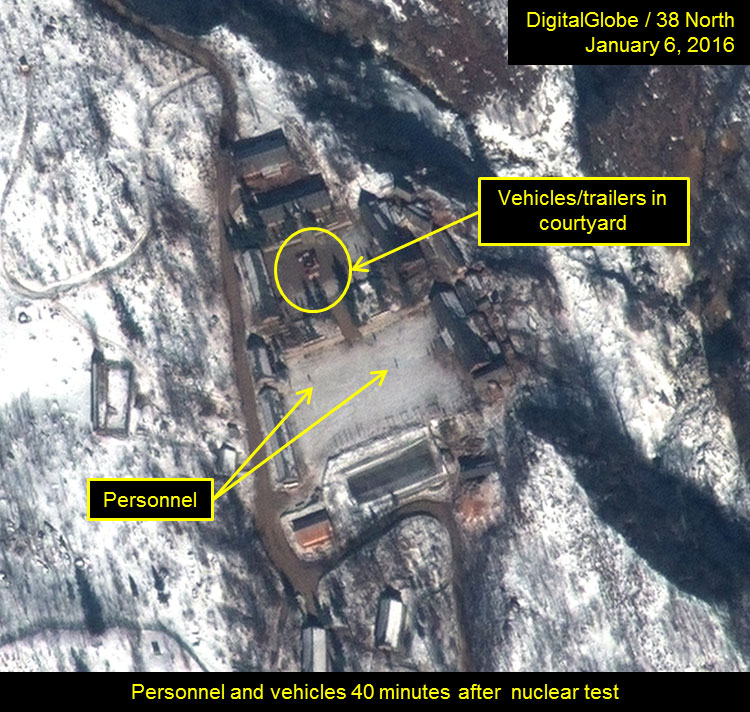
Fewer Indicators and Different Patterns
Commercial satellite imagery from before the 2013 and 2016 nuclear tests shows an inconsistency in preparation activities, making indicators of an imminent test less obvious.
In 2013, test preparation indicators at the North Portal and Main Support Area were visible as early as two to three months prior to the detonation. Among these indicators were tracks on the ground made by vehicles and people, the presence of a SATCOM antenna dish at the North Portal, a larger than normal number of people in the Main Support Area and what might be a covering of some sort strung across the portal to obscure the entrance area.
Figure 3. Possible test related activity at the North Portal prior to the 2013 nuclear test.
Figure 4. Possible test related activity at the Main Support Area prior to the 2013 nuclear test.
However, in 2016, there were few activities noted in pretest imagery that could be directly associated with a forthcoming test. For example, some disturbed spoil was identified on the adjacent tailings pile about three weeks prior to the test, and a single vehicle was present at the North Portal the day before. Notably, vehicle tracks and foot patterns were not visible at the Main Support Area immediately prior to the test. But these indicators could have also been associated with other activities, such as regular maintenance of the facility.
In short, North Korea’s evolving operational security and concealment procedures will make it more difficult to assess the nature of activities at Punggye-ri in the future. Additionally, it is likely that the North Koreans have adjusted activities to avoid being seen when commercial imaging satellites pass overhead as most of these are designed to image between the hours of 10 AM and 2 PM local time.
Figure 5. Possible test related activity at the North Portal prior to the 2016 nuclear test.
Figure 6. Possible test related activity at the Main Support Area prior to the 2016 nuclear test.
Future Monitoring Challenges
Since North Korea’s operational security and concealment procedures are proving more adept at evading monitoring by commercial imaging satellites, additional methods will be necessary to address future monitoring challenges. One way to accomplish this task is through “data fusion”—the combining of information from disparate sources for improved spatial resolution, time diversity and expanded observables coverage to close monitoring “blind spots.” Such sources may include: 1) “data mining” over the internet for news, reports of associated activity, technical papers, etc.; 2) using infrared sensor data to look for activity generated heat; and 3) synthetic aperture radar (SAR) to monitor activity event at night.[6]
_______________
[1] Preparatory Commission for the Comprehensive Nuclear-Test-Ban Treaty Organization, CTBTO Technical Briefing, January 7, 2016, https://www.ctbto.org/the-treaty/developments-after-1996/2016-dprk-announced-nuclear-test/technical-findings/; NORSAR, “Information on North Korea’s nuclear test on 6 January 2016”, http://www.norsar.no/norsar/about-us/News/North-Korea-nuclear-test-on-6-January-2016; and USTC/SEIS, “North Korea’s 2016 Nuclear Test Location and Yield: Seismic Results from USTC,” last modified January 6, 2016, http://seis.ustc.edu.cn/en/201601/t20160106_234881.html.
[2] CTBTO Technical Briefing; NORSAR; USTC/SEIS; Miao Zhang and Lianxing Wen, “High-precision location and yield of North Korea’s 2013 Nuclear Test,” Geophysical Research Letters, no. 40 (2013): 2941– 2946; Steven J. Gibbons, “Detection and Location of the February 12, 2013, Announced Nuclear Test in North Korea,” NORSAR Scientific Report 2-2012, June 2013, http://www.academia.edu/4943283/Detection_and_Location_of_the_February_12_2013_Announced_Nuclear_Test_in_North_Korea; Frank Pabian and Siegfried Hecker, “Contemplating a Third Nuclear Test in North Korea: A Closer Look at the Punggye-ri Nuclear Test Site Using Commercial Satellite Imagery and Google Earth,” Bulletin of Atomic Scientists, August 6, 2012, http://www.thebulletin.org/contemplating-third-nuclear-test-north-korea; Lianxing Wen and Hui Long, “High-precision location of North Korea’s 2009 Nuclear test,” Seismological Research Letters 81, no. 1 (2010), http://geophysics.geo.sunysb.edu/wen/Reprints/WenLong10SRL.pdf.
[3] Frank Pabian, “Getting Closer to Surface Ground Truth Zero” (presentation, CTBTO Science and Technology Conference 2015, Vienna, Austria, June 22-26, 2015); David Coblentz and Frank Pabian, “Revised Geologic Site Characterization of the North Korean Test Site at Punggye-ri,” Science & Global Security 23, no. 2 (2015), 101-120, doi: 10.1080/08929882.2015.1039343; and David P. Schaff and Felix Waldhauser, “Waveform Cross-Correlation-Based Differential Travel-Time Measurements at the Northern California Seismic Network”, Bulletin of the Seismological Society of America 95, no. 6 (2005), 2446–2461, doi: 10.1785/0120040221.
[4] CTBTO Technical Briefing.
[5] David Coblentz and Frank Pabian, “Revised Geologic Site Characterization of the North Korean Test Site at Punggye-ri,” Science & Global Security 23, no. 2 (2015), 101-120, doi: 10.1080/08929882.2015.1039343.
[6] The paper by Pabian, et.al. takes a detailed look at what is available and how data fusion might be accomplished, see Frank Pabian et al., “Recent Developments Promoting Open-Source Geospatial Synergy: Emerging Trends and Their Impact for Nuclear Nonproliferation Analysis” (paper presented at the INMM 56th Annual Meeting, Indian Wells, California, July 12-16, 2015). Frank Pabian’s European Commission Joint Research Center Report discusses in detail how repositories of open source aerial and satellite imagery can be applied to help monitor nuclear activity, see European Commission, Joint Research Centre, “Commercial Satellite Imagery as an Evolving Open-Source Verification Technology: Emerging Trends and Their Impact for Nuclear Nonproliferation Analysis,” by Frank Pabian, EUR27687, 2015, available from http://publications.jrc.ec.europa.eu/repository/bitstream/JRC97258/reqno_jrc97258_online%20version%20pdf.pdf.

